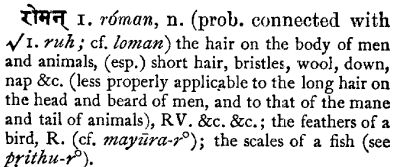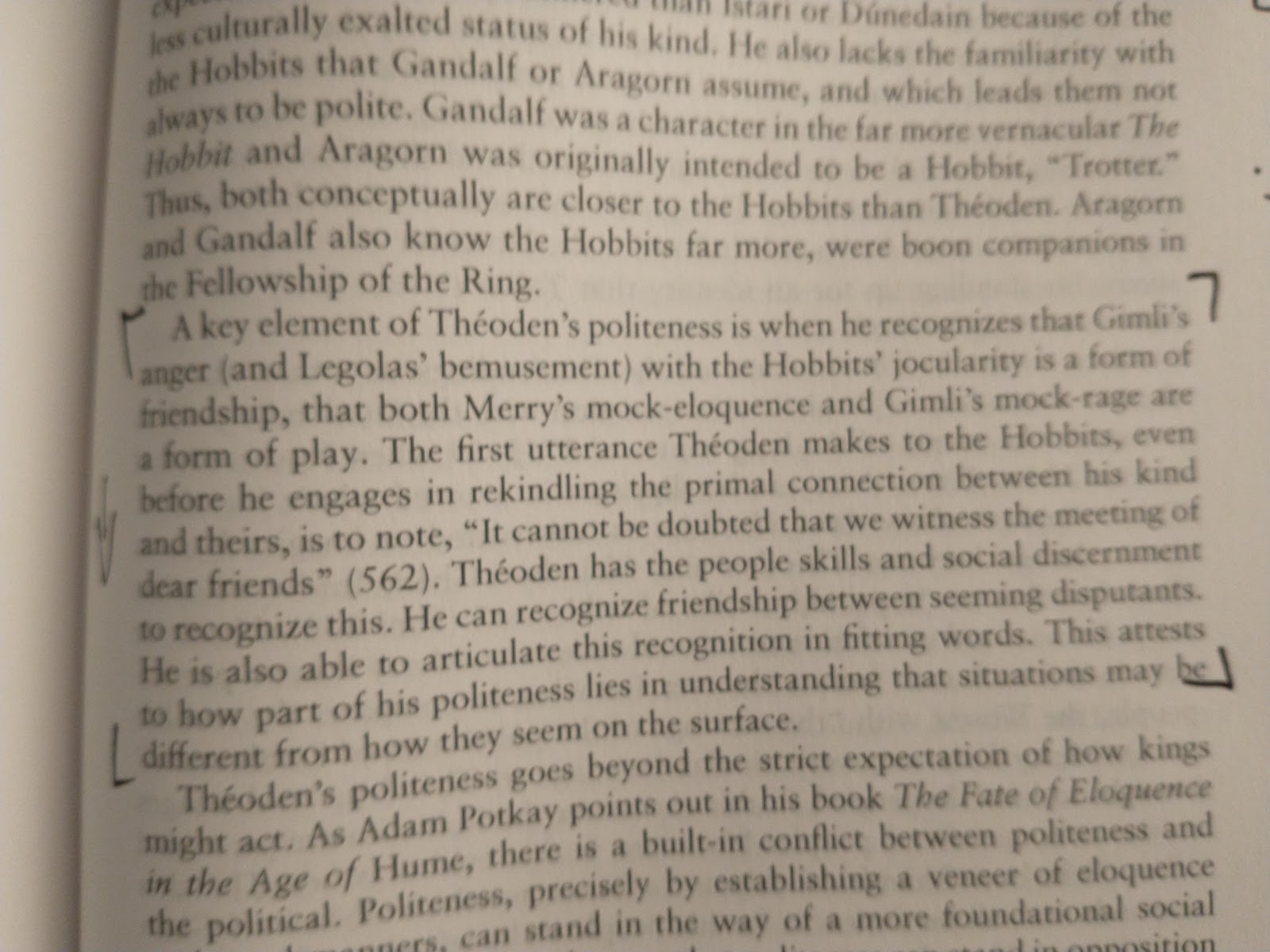The Lay of the Children of Húrin exists in two versions, neither of which tells the whole story its title promises. The second version is much more detailed than the first as far as it goes, but it doesn't go very far. Both versions, however, describe Túrin's earliest days in battle defending the realm of Doriath. The first version offers the following account:
Ere manhood’s measure he met and slew
the Orcs of Angband and evil things
that roamed and ravened on the realm’s borders.
There hard his life, and hurts he got him, 385
the wounds of shaft and warfain sword,
and his prowess was proven and his praise renowned,and beyond his years he was yielded honour;(Lays p. 16, lines 382-88)
The second version is very much the same as the first for the first four and a half lines, but then it rapidly diverges, inserting four and a half entirely new lines before returning to the same conclusion the first version offers:
Ere manhood’s measure he met and he slewOrcs of Angband and evil things 745
that roamed and ravened on the realm’s borders.
There hard his life, and hurts he lacked not,
the wounds of shaft and the wavering sheen
of the sickle scimitars, the swords of Hell,
the bloodfain blades on black anvils 750
in Angband smithied, yet ever he smote
unfey, fearless, and his fate kept him.
Thus his prowess was proven and his praise was noised
and beyond his years he was yielded honour...
(Lays p. 116-17, lines 744-54)
When studying Túrin, it's always a good idea to pay attention to any references to fate. So line 752-- "unfey, fearless, and his fate kept him"-- stuck out, with its two references to fate. "Fey," meaning "doomed to die," is not a word you see every day. "Unfey," meaning "not doomed to die," you see even less. The word has no entry in the OED, and though Google Ngram says it has been used it links to no books in which it is used. According to Google Ngram the word's usage peaked in 1896 -- peaked I say -- at a frequency of 0.0000000216% of all the words in all the books scanned by Google. That's 2.16 times out of every 10,000,000,000 words. For most purposes not requiring a supercollider, this is vanishingly small, quite literally. You need the Webb Telescope to find this thing.
Unless you're reading Tolkien, and you just happen to have been thinking about a line in Beowulf, where Beowulf talks about fighting sea monsters when he was young.
Ac on mergenne, mecum |wunde, 565
be yðlafe uppe lægon,
sweordum aswefede, þæt syðþan na
ymb brontne ford brimliðende
lade ne letton. Leoht eastan com,
beorht beacen Godes, brimu swaþredon, 570
þæt ic sænæssas geseon mihte
windige weallas. Wyrd oft nereð
unfægne eorl, þonne his ellen deah.
But in the morning [the sea monsters] lay dead
on the beach, wounded by my blade,
slain by my sword, so never again
did they hinder the voyages
of seamen on the deep sea.
Light had come in the east, God's bright beacon,
The sea had grown still, so I could see
the headlands and their windy walls.
Fate often keeps an unfey man safe
when his courage avails.
The word unfægne is the masculine accusative singular of unfæge ("unfey"), an adjective which is modifying eorl ("man"), the direct object of the verb nereð ("keeps...safe"). Obviously unfæge derives from fæge ("fey"). Another, related word from elsewhere in Beowulf that should ring a bell is deaðfæge, "doomed to die/death," as in "Nine for mortal men doomed to die." It's important to recognize when reading this line from the Ring-verse that all mortal men are fated to die. That's the whole point, redundant though it may be, of the word "mortal." It is part of their nature. This is true whether we are thinking of fæge, unfæge, or deaðfæge; and this is what makes the escape from death those nine rings seem to promise "the chief bait of Sauron. It leads the small to a Gollum, and the great to a Ringwraith" (Letters #212).
So how can Beowulf speak of a man as unfæge when all men are fæge? As Beowulf himself says when explaining how he survived his fight with Grendel's mother: "Næs ic fæge ða gyt" -- "I was not doomed to die just yet" (line 2146). So fate (wyrd) and courage (ellen) can keep a man safe from dying at the wrong time. On the one hand this tells us that fate is not immutable, and on the other it does not necessarily mean that every man has a specific time to die. A man could be fated to do something he has not done just yet. It's also true that fate and courage do not save always, but merely often.
I find Tolkien's adaptation of Beowulf's words to describe Túrin here particularly interesting because I have been studying the workings of fate in the different versions of The Tale of the Children of Húrin. As I usually do, I am trying to understand this from the ground up, so to speak, looking at how it works in the story and what is said about it, rather than starting with a theory of how fate (doom, destiny, weird, etc) works and applying it to the text.
In Tolkien's prose translation of Beowulf he renders the phrase "Fate oft saveth a man not doomed to die, when his valour fails not" (Beowulf T&C 29). In his commentary on the lines he remarks (Beowulf T&C 256):
To go to the kernel of the matter at once: emotionally and in thought (so far as that was ever clear) this is basically an assertion not only of the worth in itself of the human will (and courage), but also of its practical effect as a possibility, that is, actually a denial of absolute Fate.

